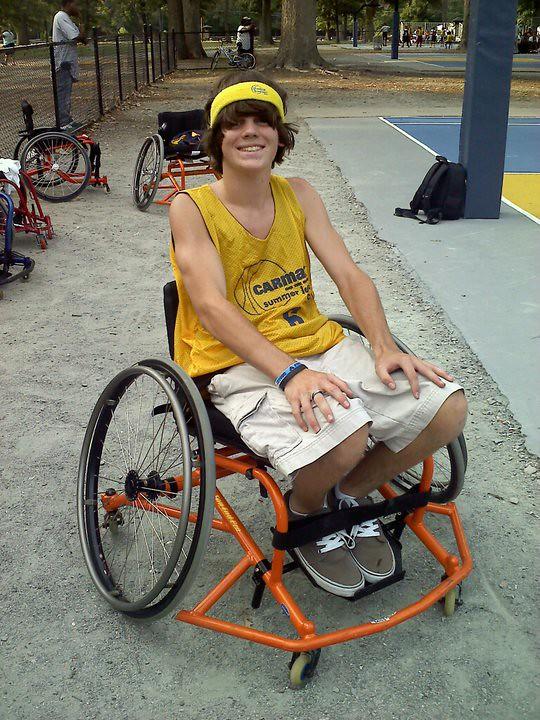
Blue Rubber Bleb Nevus Syndrome (BRBNS) is a rare disorder characterized by the formation of blue or purple rubbery lesions known as nevi on the skin or internal organs. These lesions are caused by dilated blood vessels and can lead to various symptoms and complications. Understanding the symptoms of BRBNS is crucial for early diagnosis and management of the condition.
In this article, we will explore the common symptoms of Blue Rubber Bleb Nevus Syndrome and discuss the importance of early detection and treatment.
1. Skin Lesions
One of the primary symptoms of BRBNS is the presence of blue or purple rubbery lesions on the skin. These lesions, known as nevi, can vary in size and may appear anywhere on the body. They are often raised and may feel like rubber to the touch. In some cases, the nevi can cause discomfort or pain, especially if they are located in areas that are frequently irritated or exposed to pressure.
It is important to monitor any changes in the appearance or texture of these skin lesions and consult a healthcare professional if new lesions develop or if the existing ones become symptomatic.
2. Gastrointestinal Bleeding
Another common symptom of Blue Rubber Bleb Nevus Syndrome is gastrointestinal bleeding. The nevi in the gastrointestinal tract can cause recurrent episodes of bleeding, which may lead to chronic anemia and iron deficiency. The bleeding may manifest as red or black stools, or in more severe cases, as vomiting of blood.
Patients with BRBNS should be aware of these symptoms and seek medical attention if they experience any signs of gastrointestinal bleeding. Early intervention can help prevent complications associated with chronic blood loss.
3. Pain and Discomfort
Many individuals with Blue Rubber Bleb Nevus Syndrome experience pain and discomfort related to the presence of nevi in the body. The lesions can cause pressure on nearby organs or tissues, leading to a range of symptoms such as abdominal pain, joint pain, or headaches. In some cases, the pain may be localized to the area where the nevi are present, while in other cases, it may be referred to other parts of the body.
It is important for patients with BRBNS to communicate any pain or discomfort they experience to their healthcare providers, as this can help in determining the appropriate management strategies.
4. Anemia
Chronic gastrointestinal bleeding caused by nevi in the digestive system can result in anemia, a condition characterized by a low red blood cell count. Anemia can lead to fatigue, weakness, and shortness of breath, as the body does not receive an adequate supply of oxygen. Individuals with BRBNS should be monitored for signs of anemia and receive appropriate treatment to address the underlying cause of the condition.
Regular blood tests can help in the early detection of anemia and guide the management of the condition.
5. Palpable Masses
Some patients with Blue Rubber Bleb Nevus Syndrome may develop palpable masses in the body, particularly in areas where the nevi are located. These masses may be tender to the touch and can cause discomfort or restricted movement. It is important to have any new or concerning masses evaluated by a healthcare professional to determine their nature and potential impact on the individual’s health.
Regular physical examinations can help in the early detection of palpable masses and guide the appropriate management approach.
6. Intussusception
Intussusception is a rare but serious complication of Blue Rubber Bleb Nevus Syndrome. It occurs when a portion of the intestine folds into itself, leading to obstruction and potential damage to the intestinal tissue. This can result in severe abdominal pain, vomiting, and bloody stools. Intussusception requires immediate medical attention and may necessitate surgical intervention to resolve the obstruction.
Patients with BRBNS should be aware of the symptoms of intussusception and seek prompt medical care if they experience sudden or severe abdominal pain.
7. Respiratory Complications
In rare cases, nevi in the respiratory tract can lead to respiratory complications such as coughing up blood or difficulty breathing. These symptoms should not be ignored, as they may indicate the presence of nevi in the lungs or airways. Prompt evaluation by a healthcare professional is essential to determine the cause of respiratory symptoms and develop an appropriate management plan.
Individuals with BRBNS should be vigilant for any changes in their respiratory health and seek medical attention if they experience concerning symptoms.
8. Iron Deficiency
Chronic gastrointestinal bleeding associated with Blue Rubber Bleb Nevus Syndrome can lead to iron deficiency, as the body loses iron through the bleeding. Iron deficiency can cause symptoms such as fatigue, weakness, and pale skin. It is important for patients with BRBNS to have their iron levels monitored regularly and receive appropriate supplementation if needed.
Early identification and treatment of iron deficiency can help improve the overall well-being of individuals with BRBNS.
9. Lymphedema
Some individuals with Blue Rubber Bleb Nevus Syndrome may develop lymphedema, a condition characterized by swelling in the arms or legs due to impaired lymphatic drainage. The presence of nevi near the lymphatic vessels can contribute to the development of lymphedema. Proper management of lymphedema is essential to reduce discomfort and prevent complications such as skin infections.
Patients with BRBNS should receive comprehensive care that addresses both the nevi and any associated complications such as lymphedema.
10. Psychological Impact
The presence of visible nevi and the associated symptoms of Blue Rubber Bleb Nevus Syndrome can have a significant psychological impact on affected individuals. This may include feelings of self-consciousness, anxiety, or depression. It is important for patients to receive support from healthcare providers and mental health professionals to address their emotional well-being and develop coping strategies.
Improved awareness and understanding of the psychological impact of BRBNS can help in providing holistic care to individuals affected by the condition.

















